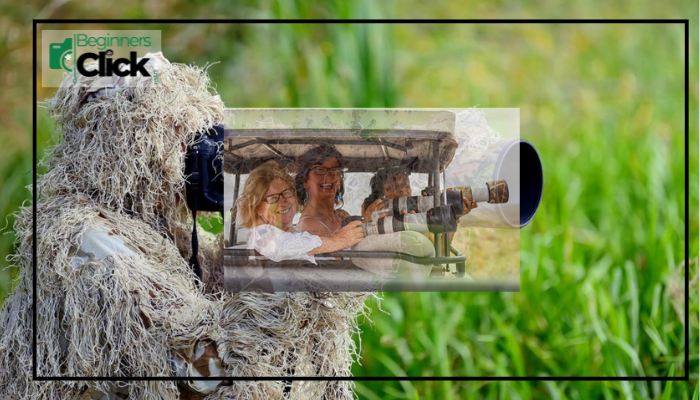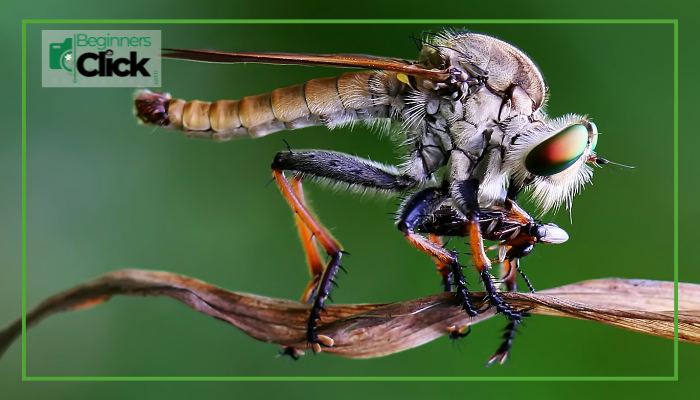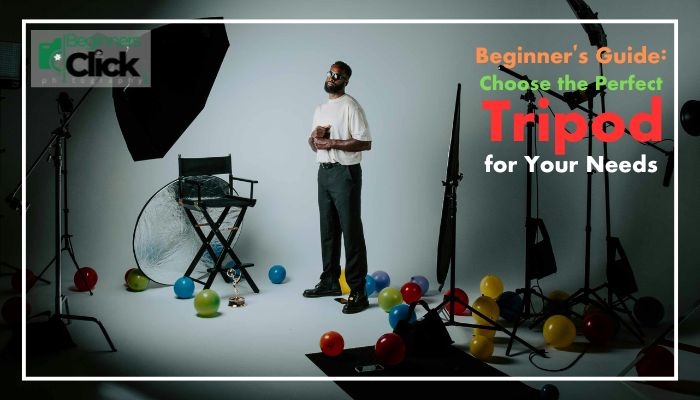Table of Contents
ToggleUnlocking the Magic of Beanbags: The Secret Weapon for Wildlife, Sports, and Macro Photography
Are you a photographer who dislikes lugging around a lot of weight?
Forget fancy tripods and bulky camera supports; sometimes the most effective tool for capturing stunning images is a simple beanbag. Yes, the same beanbag you might have for lounging can be a photographer’s secret weapon, especially for those venturing into the exciting world of wildlife, sports, or macro photography.
But how exactly can a bag filled with beans elevate your photography?
The answer lies in its unique properties. Unlike a rigid tripod, a beanbag conforms to uneven surfaces, providing a stable and adaptable platform for your camera and lens. This is particularly beneficial when shooting from unconventional angles, like car windows during wildlife safaris, uneven terrain on nature hikes, or low-lying perspectives for capturing insects or flowers.
The magic of the beanbag lies in its ability to combat camera shake. Traditional tripods, while excellent for stability, can struggle on uneven ground. A slight nudge or a gust of wind can translate into blurry photos. Here’s where the beanbag shines. The filling material absorbs minor vibrations, ensuring your camera remains perfectly still, even on precarious surfaces. This translates to sharper images, especially when using telephoto lenses or slow shutter speeds.
You can’t imagine what types of benefits you can enjoy with Beanbeg.
The benefits of beanbags extend beyond just stability. Their portability is a major advantage. Unlike bulky tripods, beanbags are lightweight and easily packed into backpacks or camera bags. This makes them ideal for photographers on the go, especially those who travel long distances or hike to remote locations. Additionally, their soft exterior protects your camera from minor bumps and scratches that can occur when setting it down on uneven terrain.
Stability:
During macro photography, even slight camera shake can cause blurry images. The beanbag’s adaptability helps you rest your camera on uneven surfaces like rocks, tree branches, or the ground, minimizing camera shake.
Low-Angle Shots:
Macro subjects are often found close to the ground (insects, flowers). A beanbag allows you to position your camera at a low angle for creative compositions, something a tripod might struggle with.
Portability:
Unlike a tripod, beanbags are lightweight and pack easily. This makes them ideal for outdoor macro photography adventures.
Multiple Uses:
You can use the beanbag on car windows for wildlife macro shots or even prop it up against objects for additional stability.
Adaptable and Versatile:
Beanbags come in various shapes and sizes, catering to different shooting styles. U-shaped ones fit perfectly on car windows, cylindrical ones offer support for telephoto lenses, and flat beanbags create a stable base for low-angle macro shots.
Protects Your Gear:
The soft exterior of a beanbag acts as a buffer, protecting your camera from minor bumps and scratches that can occur when setting it down on uneven terrain.
Shapping:
Furthermore, beanbags offer a surprising degree of versatility. They come in various shapes and sizes, catering to different shooting styles. U-shaped beanbags are perfect for car window photography, while long, cylindrical ones provide excellent support for telephoto lenses. Flat beanbags offer a stable platform for low-angle macro shots, while V-shaped ones can be draped over railings or branches for unique perspectives.
So, the next time you’re embarking on a photography adventure, consider packing a beanbag alongside your camera. This unassuming tool might just be the key to capturing those once-in-a-lifetime shots with unparalleled clarity and stability.
Function:
At its core, a beanbag is a fabric pouch generously filled with moldable material like beans, rice, or even plastic pellets. This ingenious filling grants the beanbag its superpower – the ability to conform to a wide array of shapes and surfaces. Imagine it: a car window ledge, a rough tree branch, or even a bumpy rock surface – all transformed into a steady and reliable platform for your camera and lens.
Here’s how this translates to sharper photos: by adapting to uneven terrain, the beanbag absorbs minor vibrations and camera shake that would otherwise blur your image. This becomes especially crucial when using telephoto lenses or slow shutter speeds for capturing close-up details.
Why Beanbags? The Magic Lies in Stability
Unlike a rigid tripod, a beanbag’s true power lies in its adaptability. Filled with moldable materials like beans or plastic pellets, it conforms to uneven surfaces, providing a stable platform for your camera and lens. This is a game-changer when shooting from unconventional angles:
Wildlife Safaris:
Imagine capturing stunning wildlife shots from a bumpy jeep. A beanbag, perfectly molded onto the car window ledge, absorbs vibrations and ensures your camera remains steady, even on rough terrain.
Gone are the days of wrestling with bulky camera mounts in a cramped jeep. Beanbags offer a far more elegant solution for wildlife photography on bumpy terrain. Imagine this: you spot a majestic leopard basking on a distant branch. With a quick maneuver, you mold the beanbag onto the car window ledge, creating a stable platform for your camera. Unlike a tripod that might struggle on uneven ground, the beanbag’s adaptability ensures your camera stays perfectly still, allowing you to capture that breathtaking close-up.

Bird Photography:
Patience is key in bird photography, and often you’ll find yourself waiting in awkward positions – balancing precariously on a rock or crouching low to the ground. A beanbag provides a stable rest for your camera, allowing you to focus on capturing that perfect bird in flight.
Bird photography is a dance between patience and agility. You might spend hours waiting in awkward positions – precariously balanced on a rock, hunched low beneath a bird feeder, or crouched amidst the tall grass. The slightest movement can scare away your feathered subject. That’s where the beanbag comes in as your silent partner. It molds to uneven surfaces, transforming that precarious rock into a stable platform for your camera. No more worries about shaky hands ruining the shot – the beanbag ensures your camera remains perfectly still, allowing you to focus all your attention on capturing the fleeting moment of a bird in flight, its wings outstretched against a vibrant sky.

Macro Photography:
The world of macro is all about capturing intricate details in extreme close-up. Here, a beanbag shines. Placed on the ground or a table, it creates a perfectly stable platform for your camera, allowing you to achieve razor-sharp focus on tiny insects, flowers, or other macro subjects.
In the realm of macro photography, the world transforms into a wonderland of intricate details begging to be captured. Here, razor-sharp focus is paramount, revealing the delicate veins of a flower petal or the shimmering scales of a tiny insect. But achieving perfect stillness can be a challenge, especially when shooting handheld. Enter the beanbag, your silent hero in the world of macro. Placed on the ground or a table, it acts as a chameleon, conforming to the surface and creating a perfectly stable platform for your camera. No more battling camera shake – the beanbag ensures your lens can lock onto the tiniest details, allowing you to capture the breathtaking beauty of the macro world with unparalleled clarity.

The Final Verdict: A Must-Have for Enthusiasts
So, the next time you’re gearing up for your wildlife, bird, or macro photography adventure, consider packing a beanbag alongside your camera. This versatile and unassuming tool might just be the key to unlocking a world of sharper, clearer, and more captivating images.
Things to Consider:
Precision:
While beanbags offer good stability, they may not be ideal for situations requiring very precise camera positioning. For those cases, a tripod with a macro rail might be a better choice.
Weight:
Depending on the fill material, a beanbag can add some weight to your gear bag.
Overall, beanbags are a budget-friendly and convenient option for photographers who want to achieve stable camera positioning for close-up shots, especially in situations where a tripod is impractical.


Hi, Neat post. There’s a problem with your web site in internet explorer, could check thisK IE nonetheless is the market chief and a large part of folks will miss your fantastic writing due to this problem.
Thanks for your comments. I will try to solve this. My new blog will come from next week.
Wohh exactly what I was looking for, regards for posting.
I’m so glad you found what you were looking for! Thanks for your kind words. Stay tuned for more content, and feel free to share your thoughts anytime!